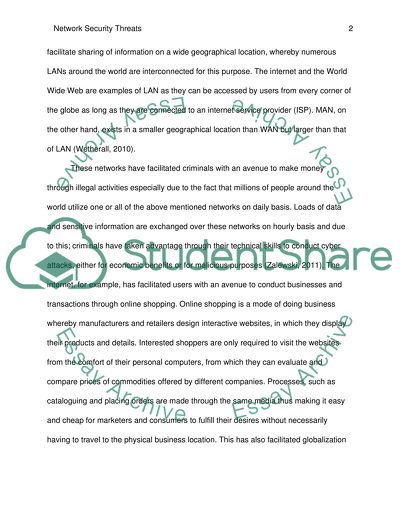Cite this document
(“NETWORK SECURITY I Research Paper Example | Topics and Well Written Essays - 2500 words”, n.d.)
Retrieved from https://studentshare.org/information-technology/1396622-network-security-i
Retrieved from https://studentshare.org/information-technology/1396622-network-security-i
(NETWORK SECURITY I Research Paper Example | Topics and Well Written Essays - 2500 Words)
https://studentshare.org/information-technology/1396622-network-security-i.
https://studentshare.org/information-technology/1396622-network-security-i.
“NETWORK SECURITY I Research Paper Example | Topics and Well Written Essays - 2500 Words”, n.d. https://studentshare.org/information-technology/1396622-network-security-i.


